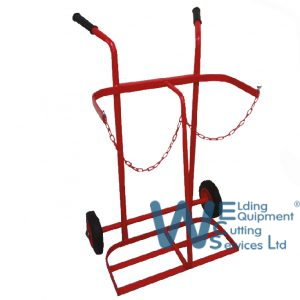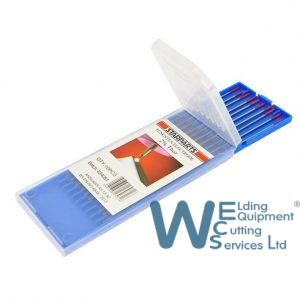Gas Welding & Cutting Today, this process is used by plumbers, heating and refrigeration engineers, metal fabricators, security metalwork specialists and DIYers. It is most frequently used for brazing or braze-welding. Oxy-gas cutting is used chiefly in the metal structures demolition industry. This process uses an oxy-combustible flame and pure oxygen as the metal cutting jet. Welding This is an assembly operation in which the metal parts to be assembled, said metal bases, participate fused together to form so-called joint welding. After matching, welding is carried out with or without filler metal, generally in the same way as the base metal. Gas Welding & Cutting Oxy-fuel cutting is widely used for cutting steel of all shapes and sizes. It is very popular on CNC machines for cutting shapes out of plate steel. But exactly how does the process work? Maybe you’ve heard oxy-fuel cutting described as “burning”, “torch cutting”, or “flame cutting”. Each of these names contains an element of truth in describing the process. An oxy-fuel cutting torch is used, it has a flame, and the steel is “burned” as it cuts. The actual chemical process that takes place is sometimes described as “rapid rusting” of the steel. Whether you think of it as burning or rusting, the result is similar – the steel is rapidly oxidized in a chemical reaction that generates heat. Gas Welding & Cutting Here are the basics of how it all works: Step 1: Preheat Before you can start cutting the steel, it has to be heated up to its kindling temperature, about 1800°F. At this temperature, the steel readily reacts with oxygen. The heat is provided by the preheat flames from an oxy-fuel torch. Inside the torch a fuel gas is mixed with oxygen to create a highly flammable mixture. A nozzle has multiple holes arranged in a circular pattern to focus the flammable gas mixture into multiple little jets. The fuel-oxygen mixture is ignited outside of the nozzle, and the preheat flames form just outside the nozzle tip. Commonly used fuel gases include acetylene, propane, natural gas, and a few other mixed gases. By adjusting the fuel-to-oxygen ratio, the flame is adjusted to produce the highest possible temperature in the smallest possible flame. This concentrates the heat in a small area on the surface of the steel plate. Step 2: Piercing Once the surface or edge of the plate has reached kindling temperature, a jet of pure oxygen is turned on to begin piercing through the plate. This is called the “cutting oxygen”, and the jet is formed by a single bore in the center of the nozzle. As the cutting oxygen stream hits the pre-heated steel, the rapid oxidation process begins. This is when the real fun begins. The oxidation process is referred to as an exothermic reaction – it gives off more heat than it takes to get started. The oxidized steel takes the form of molten slag, and the molten slag has to get out of the way so the oxygen stream can “pierce” all the way through the plate. Depending on how thick the plate is, this can take anywhere from a fraction of a second up to several seconds. During this time, the cutting oxygen stream is pushing deeper and deeper into the plate, and the molten slag is being blown out of the pierce hole. This can result in a massive geyser of molten steel, or if done properly, a small puddle of slag on top of the plate. Step 3: Cutting Once the cutting oxygen stream has made its way all the way through the plate, the torch can start moving at a constant speed, forming a continuous cut. The molten slag formed during this phase is blown out the bottom of the plate. The heat given off by the chemical reaction between the oxygen and the steel preheats the plate just in front of the cut, but not reliably enough to cut without the preheat flames. So the preheat flames stay on throughout the cut, adding heat to the plate as the torch moves. Those are the basics. But there are lots of other factors affect the quality of the cut edge, including speed, cut oxygen pressure, preheat flame adjustment, cutting height, plate temperature, etc. So why doesn’t this process work on any metal? When most metals are oxidized, they form an oxide that has a higher melting temperature than original metal. This forms a protective crust that prevents further oxidation. Only low carbon steel and some low alloys have oxides with a lower melting point than the base metal, so they can be cut with the oxy-fuel process. Gas welding & Cutting













